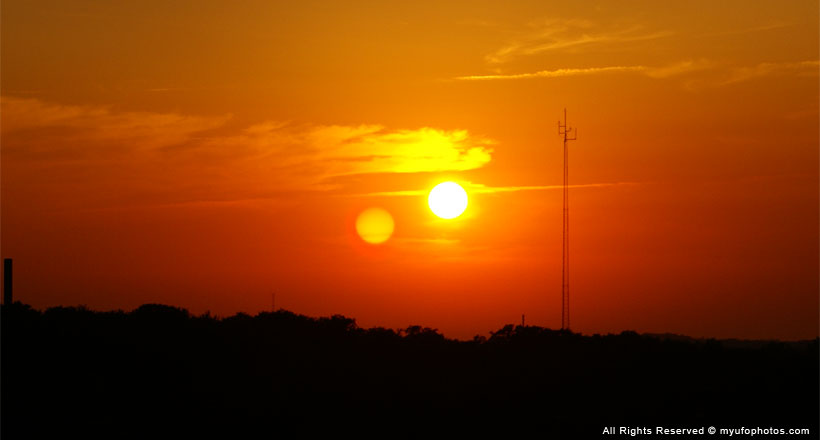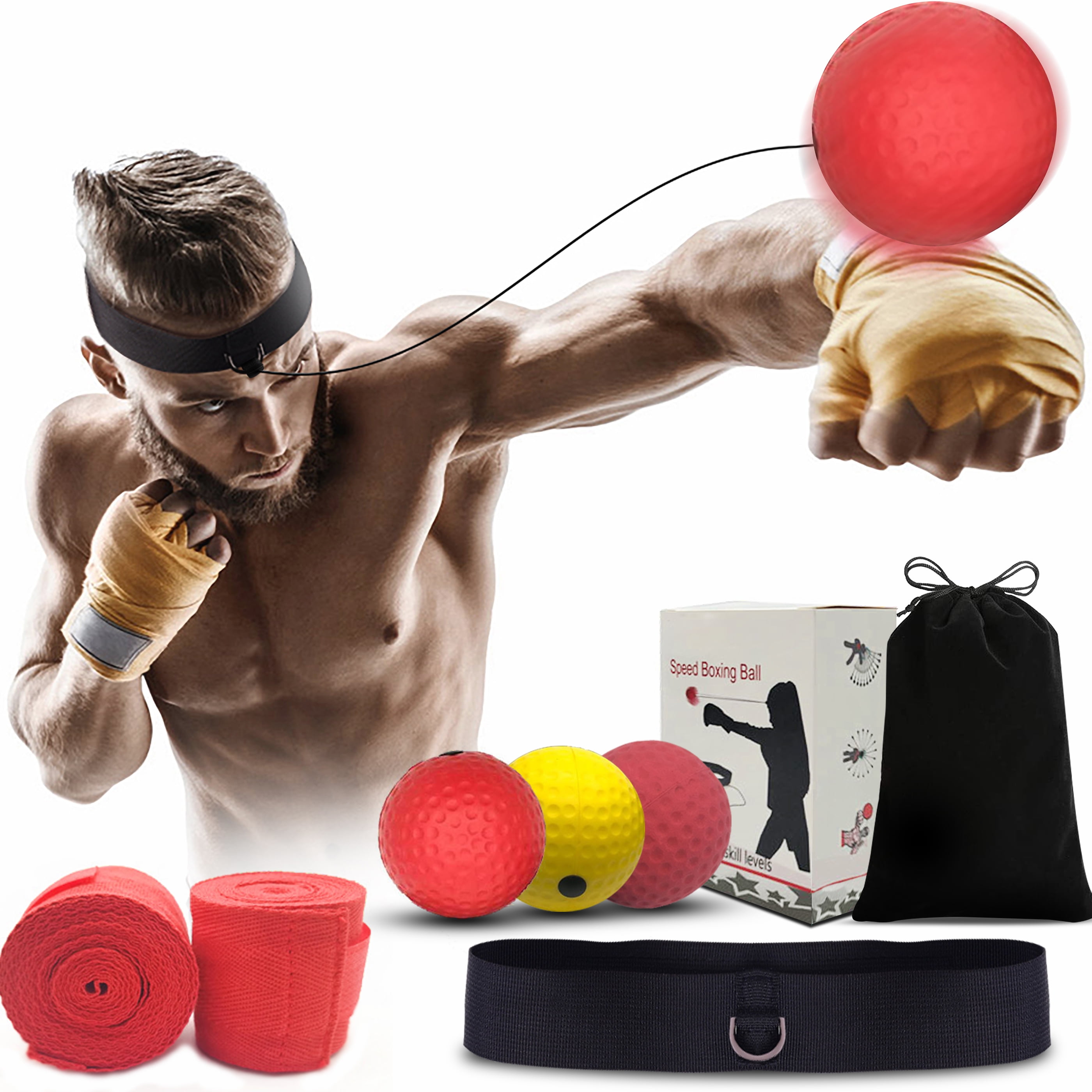


The Sony A5100 does not have a viewfinder this allows to reduce size, weight and costs. Of course, fast shooting is useless without an equally fast autofocus tracking: the latest mirrorless from Sony, the A5100 and A6000, have finally reached the AF speed of SLR cameras in their price class. The Sony A5100 has about the same speed of the Canon 70D (6 FPS vs 7 FPS), in spite of much lower price the Sony A6000, that can be considered a direct competitor to the 70D, has an impressive 11 FPS continuous shooting.
#Photox sun reflex full#
The mirrorless that still use mechanical shutter have a continuous speed comparable to professional DSLRs (11-12 FPS), and some MLs with electronic shutter reach even 60 FPS at full resolution.
#Photox sun reflex iso#
Sony A5100, Canon EF 180mm f/3.5 L Macro USM, 0.6 sec f/9.0, ISO 100, tripod.įaster continuous speedThe maximum FPS rate or SLRs is limited by the mechanical shutter and the mirror MLs instead are limited only by the readout speed of the sensor and the buffer. With good lenses, the 24 megapixels sensor of the A5100 gives excellent results, on par with the best APS-C cameras on the market today. Size is another advantage of ML cameras: the Sony A5100 measures just 110 x 63 x 36 mm, while the smallest reflex currently in production, the Canon 100D, measures 116 x 90 x 64 mm (the Canon 70D is 139 x 104 x 79 mm). In the case of my Sony A5100, the weight is just 283 grams (battery included), instead of the 800 grams of my previous Canon 70D, a very welcome weight reduction that makes even easier traveling and backpacking. The recently announced Samsung NX1 already comes close, it has the same size of the Canon 70D and very similar ergonomics.
#Photox sun reflex pro#
Of course, it is also possible to make ML cameras as big as DSLRs: nowadays most ML focus on small size because they are aimed mainly to amateurs and travel photographers, but when the transition from reflex to mirrorless will be complete, we will see also ML cameras with the size and the ergonomics of pro DSLRs as the Nikon D800 or Canon 5D3.


Size and weightThanks to the simpler design, mirrorless cameras can be much smaller and lighter than DSLRs. These mirrorless hav2 finally surpassed the AF capabilities of DSLRs in its price range, and in a couple of years all MLs will likely have and AF comparable or better than DSLRs. Nowadays, several ML cameras have replaced few hundred pixels of the main image sensor with tiny phase detection AF sensors the result is a much improved AF, more than enough for still subject and, in few cameras (Sony A6000 and Sony A5100, for example), good enough even for fast moving subjects. For many years, AF has been the Achille's heel of ML cameras. In this article, I have compared reflex and mirrorless cameras (and in particular with my new Sony A5100): let's see why ML are so interesting and what are their pros and cons!ĪutofocusThe first mirrorless cameras had a very poor autofocus because they used exclusively contrast-detection autofocus AF was barely acceptable for stationary subjects and it was completely unusable for tracking moving subjects. Personally, I'll stay on the fence for some time: now I use Sony cameras with Canon lenses if in future Canon will announce a truly outstanding ML camera (not an easy task, considering the excellent level reached by Sony) I'll go back to Canon, while if Sony announces the lenses that I need, with first rate optical quality, I'll complete the switch to Sony. Many photographers that until few years ago would have never thought of leaving Canon and Nikon, me included, now are seriously considering the alternatives from other brands: mirrorless keep getting better and better, and thanks to the many lens adapter it is easy to switch without having to replace all your lens lineup. Until few years ago, ML cameras were a niche market nowadays, they have reached or surpassed the image quality of the best DSLR cameras, and they have finally reached the same AF speed.


 0 kommentar(er)
0 kommentar(er)
